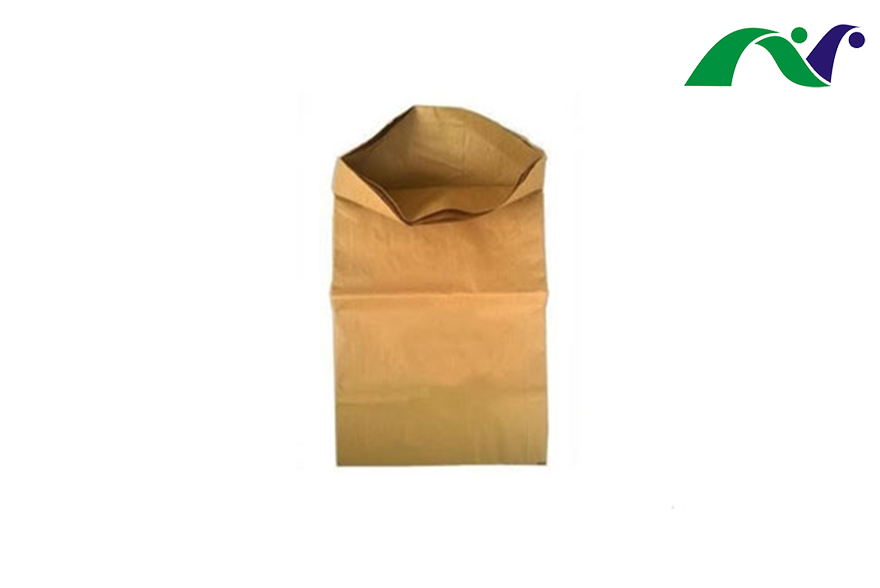Unwrapping the Future: The Sustainable Surge and Innovative Horizons of Multiwall Paper Bags
The global movement toward sustainability has forced industry to reconsider the packaging options they use. A prominent participant in this transition is the multiwall paper bag, an adaptable and sustainable substitute that is gaining popularity in a number of industries. This blog investigates the sustainable growth of multiwall paper bags and looks into the creative opportunities they offer for a more environmentally friendly future.

The Eco-Friendly Advantage
1.Renewable Resource:
Multiwall paper bags are primarily crafted from renewable resources, derived from sustainably managed forests. This ensures a continuous and eco-friendly supply chain.
2. Biodegradability and Compostability:
Unlike traditional plastic packaging, multiwall paper bags are biodegradable and compostable, reducing the environmental impact and addressing the global issue of plastic pollution.
3. Reduced Carbon Footprint:
The production of multiwall paper bags generally results in a lower carbon footprint compared to plastic alternatives. The manufacturing process emits fewer greenhouse gases, contributing to a more sustainable packaging solution.
Innovative Applications:
1. Food Industry:
Multiwall paper bags are making significant inroads in the food industry, offering a reliable and sustainable option for packaging grains, flour, and other dry goods. Their natural breathability extends the shelf life of products.
2. Construction Materials:
The strength and durability of multiwall paper bags make them ideal for packaging and transporting construction materials like cement, mortar, and chemicals. Their tear-resistant properties ensure the integrity of the contents.
3. Retail Packaging:
Brands in various sectors are adopting multiwall paper bags for retail packaging. The customizable nature of these bags allows for creative branding, contributing to a positive and environmentally conscious image.
Innovations in Design and Technology:
1. Barrier Coatings:
Advancements in barrier coatings enhance the resistance of multiwall paper bags to external factors such as moisture and grease, expanding their application to a wider range of products.
2. Printing Technologies:
High-quality printing technologies enable vibrant and detailed graphics on multiwall paper bags, providing an opportunity for brand differentiation and enhanced shelf appeal.
Reclosable Features:
Innovations in reclosable features, such as resealable zippers, are making multiwall paper bags more user-friendly, allowing consumers to reseal and preserve the freshness of the contents.
Challenges and Future Considerations
1.Water Resistance:
While advancements have been made, achieving water resistance in multiwall paper bags without compromising sustainability remains a challenge.
Recycling Infrastructure:
Developing robust recycling infrastructure for multiwall paper bags is crucial to ensure their end-of-life sustainability.
1.Renewable Resource:
Multiwall paper bags are primarily crafted from renewable resources, derived from sustainably managed forests. This ensures a continuous and eco-friendly supply chain.
Conclusion
The sustainable surge of multiwall paper bags marks a positive step towards greener packaging solutions. As innovations continue to shape the landscape, these eco-friendly alternatives are likely to play a significant role in mitigating environmental concerns and fostering a more sustainable future. By combining functionality, versatility, and environmental consciousness, multiwall paper bags unwrap a future where packaging meets the demands of today without compromising the needs of tomorrow.
